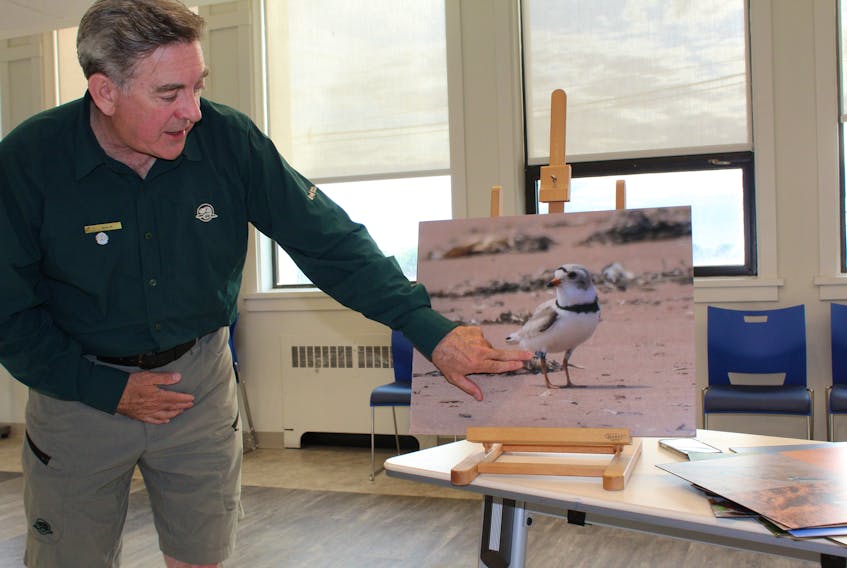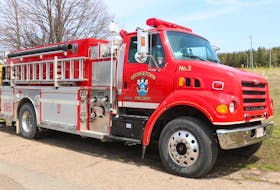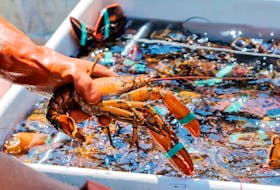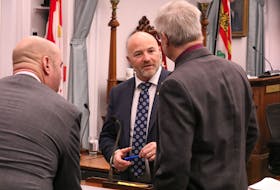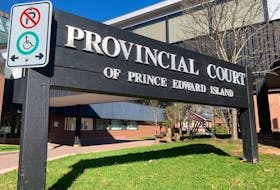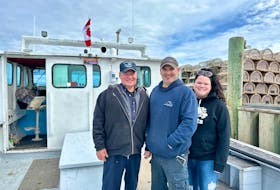SUMMERSIDE, P.E.I. — Plants and animals are disappearing on Prince Edward Island.
Whether it be loss of habitat, lack of food resources or climate change, living things are being impacted and their numbers are declining.
Bob Harding, an outreach education officer from Parks Canada, held a presentation recently at the Summerside Rotary Library about what species are most at risk, what Parks Canada is doing to help and how the public can get involved.
An Island creature on the endangered list is the piping plover, said Harding.
“They are a nesting bird found on our beaches and we closely monitor them, as there are so few. We track how many and where are they nesting. We know of eight pairs nesting this season.”
Harding said plovers’ habitats tend to stay in between sand dunes and the beaches, and without dunes, plovers won’t nest in an area.
“Dunes are easily broken down when people walk on them. They’re held together by marram grass which snaps when walked on.”
Another threat to plovers are dogs when they get too close to their nests, said Harding.
“If a plover senses dogs, they won’t come back to that nest. Dogs and nesting birds don’t mix, and the birds never win.”
Parks Canada asks people to respect these rules and requests to stay away from the nesting areas.
“These aren’t ‘grumpy’ rules, it's about protecting the plovers. They can handle mother nature. It's things we’ve introduce that complicate things."
-Bob Harding
“These aren’t ‘grumpy’ rules, it's about protecting the plovers. They can handle mother nature. It's things we’ve introduce that complicate things,” said Harding.
But it's not just animals that are threatened. Even the Island's foliage has been impact.
When Prince Edward Island National Park was created in 1937, it was farmland. Once it became a park, most of the trees that had taken up the area didn’t come back and were overtaken by white spruce trees.
“It’s a pioneer species, the seeds spread and are the first thing to cultivate. Spruces seeds can live in the hedgerows, but other species were destroyed by the farming,” said Harding.
Parks Canada now has a project in place to help other trees grow in the park.
“We are introducing new species by planting seeds. It’s important for a diverse forest to help the ecosystem and the animals that tend to live in these trees.”
Bats are another species that has been impacted by unforeseen events.
A disease called white nose syndrome has killed up to 90 per cent of the bats found on the Island.
“It's a fungus that grows on their noses while they hibernate. It slows down their breathing and wakes them up too early. They later die from exhaustion.”
Harding said people can help protect bats by reporting sightings to Parks Canada, staying out of mines or disinfecting their gear before coming back to the Island, installing bat boxes, or simply spreading the word.
“Bats aren’t scary, they’re extremely helpful to the environment. We can all do our part in helping these little guys.”
For more information, visit Parks Canada's website at www.pc.gc.ca.

